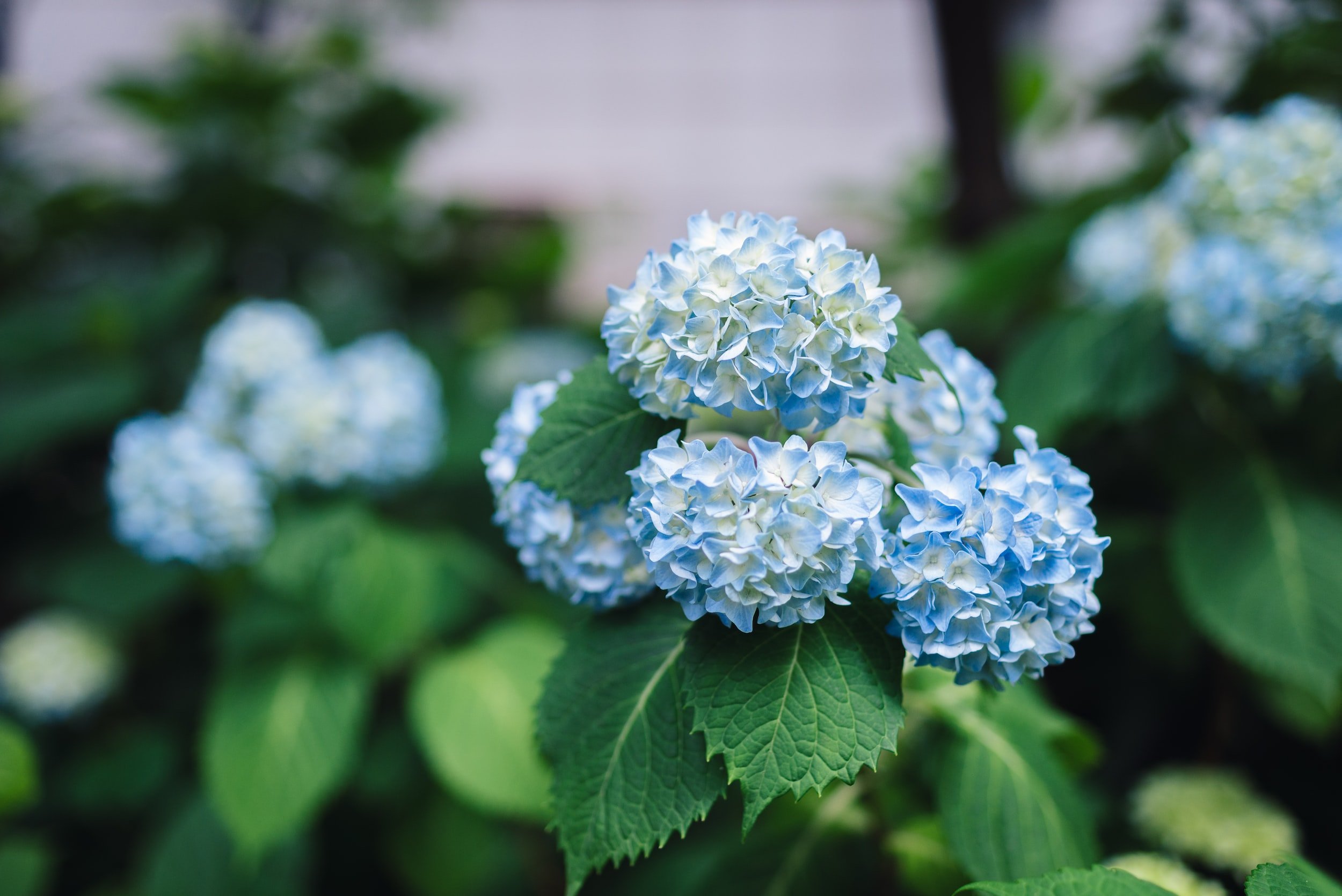Some Known Questions About Hydrangea Leaves Turning Yellow.
Table of Contents7 Easy Facts About Hydrangea Leaves Turning Yellow ShownTop Guidelines Of Hydrangea Leaves Turning YellowThe 25-Second Trick For Hydrangea Leaves Turning YellowThe Definitive Guide for Hydrangea Leaves Turning YellowThe smart Trick of Hydrangea Leaves Turning Yellow That Nobody is Talking About
The container should be big sufficient so the plant can grow and obtain all of the water and nutrients it requires. Area the container on a veranda, or in an unethical spot on an outdoor patio. You can also replace the plant with a panicle hydrangea. Panicles enjoy the full sunlight.So, despite the variety, strategy in advance and see to it your plant has a lot of defense from the wind. You have a few choices right here. You can transplant to a new area, or you can create a wind barrier utilizing an additional plant, or fencing. To produce a wind obstacle you could, or a hedge to obstruct the wind.
Decorative yard, Rose of Sharon, or Holly shrubs are simply a couple of ideas of plants you could utilize to block the wind. If you need to transplant, locate a spot in your yard that is well protected from sun and wind. Hair transplanting is best done in the loss or the spring.
The plants location is the most vital element when it comes to obtaining established and proper growth. With a little forethought on planting location and proper maintenance, you'll be able to guarantee your hydrangeas!.
Hydrangea Leaves Turning Yellow Fundamentals Explained

You can save the plant from yellow leaves by supplying it the correct light and positioning. If your plant gets yellow leaves, relocate it to a dark area.
, and temperature alterations can create yellowing leaves and brown places. If it gets as well cozy, the edges of the leaves become yellow, transform brown and create a crunchy appearance.

The Definitive Guide to Hydrangea Leaves Turning Yellow
But, yellow leaves in Hydrangeas are the initial indications of condition problem, often followed by black areas, browning, drops, and wilting. Separate the infected or pest-infested plant from the healthy and balanced plants to stop illness spread. If it is a yard plant, eliminate all the contaminated fallen leaves making use of decontaminated devices and tidy up all the particles.
So, reducing off assists Hydrangea shade unnecessary weight and insurance coverage, allowing the development of new leaves. The most effective time to trim Hydrangeas is spring when the plant is ready to grow vegetation for the next period. Evaluate for invested or diseased fallen leaves and reduce the base of a stalk that joins the fallen leaves and stem.
Prevent cutting healthy and balanced or green fallen leaves, and do not eliminate even more than 25% of the plant's foliage. The major reason behind the red fallen leaves in Hydrangea is poor dirt or environmental problems.
Also, repot the plant each year in spring or every 2 years if the development rate is sluggish.
How Hydrangea Leaves Turning Yellow can Save You Time, Stress, and Money.

There are six major reasons this might take place:: The plant does not obtain enough sunlight.: The origins are either as well wet or also dry.: The plant is too cold.: The dirt is not acidic or alkaline enough for the hydrangea.: The plant isn't obtaining the ideal nutrients it needs to remain healthy.
Each factor impacts the plant in such a way that can be dealt with if we comprehend how to look after hydrangeas properly. When we speak about insufficient light for hydrangeas, we mean Click This Link that the plant find out isn't obtaining enough sunshine. Hydrangeas prefer brilliant light, but not direct, scorching sunlight. They usually flourish ideal with morning sunlight and afternoon color.
Without enough sunshine, the fallen leaves can turn yellow, the plant can come to be weak, and it could create fewer flowers. To guarantee a hydrangea gets adequate light, it should be placed in a spot where it can appreciate the morning light and be protected from the intense mid-day sunlight. Overwatering is when a hydrangea plant obtains more water than it requires.
Without enough air, the roots can not do their work well, and the plant begins to suffer. Yellow leaves may be an indicator that the plant is obtaining excessive water. On the other hand, dehydration occurs when the plant does not obtain adequate water. Like individuals, plants require water to remain healthy.
Hydrangea Leaves Turning Yellow Things To Know Before You Buy
This problem prevails in the fall as the weather adjustments or if a hydrangea is grown in an area where it doesn't get adequate heat from the sun. It's important to recognize the appropriate problems for hydrangeas to avoid low-temperature stress. For instance, the majority of hydrangeas expand best in areas 6 to 9, where the environment is milder.
It is necessary to understand that this sort of yellowing is various from the yellowing triggered by problems like also much water Visit Your URL or not adequate light. As a result, if the yellow leaves are primarily at the base of the plant and the rest of the plant looks healthy and balanced, it might simply imply that the fallen leaves are merely getting old.
Comments on “10 Easy Facts About Hydrangea Leaves Turning Yellow Shown”